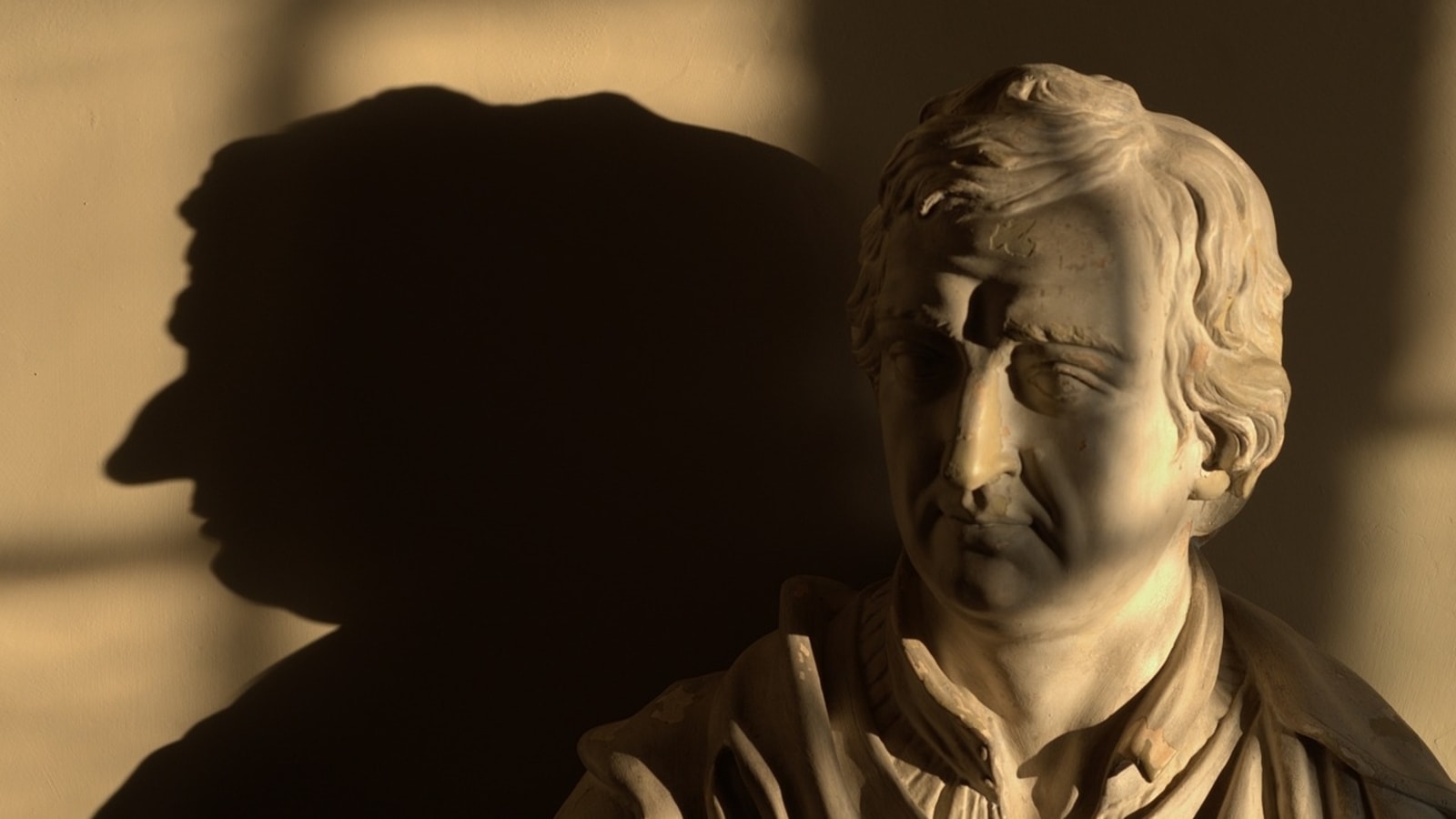Even before rumours of his affair with his half-sister spread, Lord Byron had a reputation for scandal. His lover Lady Caroline Lamb famously described him as “mad, bad and dangerous to know”. That did not stop women besotted with his poetry from sending letters, invitations to parties and requests for locks of his hair.
“I have been more ravished myself than anybody since the Trojan war,” Byron insisted. Despite the breakdown of his marriage, he might have stayed in England, but the rumours of incest (probably true) and sodomy (also true) turned British society against him. The celebrated poet had become a monster.

In 1816 Byron went into exile. For seven years he roamed Italy, frequenting Venice’s carnival, taking lovers, and studying Armenian with monks. He then sailed to Greece to lend his support to the Greek fight for independence from Ottoman rule .
He died there, in Missolonghi, of a fever on April 19th 1824, aged 36. The Greeks, who adored him, kept his lungs and larynx in an urn; the rest of Byron was returned to England, against his wishes. (“Let not my body be hacked, or sent to England,” he had ordered.
) Westminster Abbey refused to accept a man of “questionable morality”, so he was buried at a local church in Nottinghamshire, near his ancestral home. Within a month of his death his remaining friends burned his memoirs, judging them too scandalous. Two centuries later, the poet is mostly recalled in the context of the Byronic hero: a dark, brooding, sexy rebel, derived partly from Byron’s celebrity persona and also from his works, such as his autobiograph ical masterpiece , “Don Juan”.
In England the bicentenary has been marked by new books and events. But many are also taking place abroad, in the countries that hosted his self-imposed exile. In Italy, where he wrote some of his greatest works, including “Don Juan”, he is claimed as something of a national poet.
The Keats-Shelley House, at the foot of the Spanish Steps in Rome, is holding a year-long festival of readings, exhibitions and performances. “Byron’s Italy: An Anglo-Italian Romance” emphasises how his Italian experiences shaped his poetry. “I love the language, that soft bastard Latin, / Which melts like kisses from a female mouth,” Byron wrote in “Beppo”, a satirical poem set at the Venetian carnival.
It was his first attempt at ottava rima, an Italian rhyming stanza form. In “Childe Harold’s Pilgrimage”, a moody wanderer journeys through Italy’s crumbling beauty, “a ruin amidst ruins”. It doubled as a travel guide, inspiring British and American tourists.
The Byronic hero is, it turns out, an early travel influencer. In “Don Juan” Byron turned the womanising Spaniard into a victim seduced by women: “What men call gallantry, and gods adultery, / Is much more common where the climate’s sultry,” his hero observes. Don Juan eventually lands in England, allowing Byron various jabs at the British aristocracy from the comfort of his Italian refuge.
Greece also tries to claim the poet. A suburb of Athens, Vyronas, is named in his honour. At the Acropolis Museum in Athens, an exhibition notes that Byron was one of the earliest critics of Lord Elgin’s seizure of the Parthenon marbles.
In “The Curse of Minerva”, Byron savaged Elgin as a “spoiler” worse than the Turks and the Goths. If that was not enough to make Byron a hero, his commitment to Greece’s independence sealed the deal. A passionate believer in liberty (political as well as sexual ), Byron lent his celebrity and wealth to the Greek fight for freedom, selling his estate to raise money for the effort.
Though the struggle against Ottoman rule reflected his Romantic ideals of freedom and rebellion, it also offered Byron a chance to redeem his tarnished reputation by dedicating himself to a greater cause. After his death, the Greek Chronicles, a newspaper, mourned the loss of Greece’s “precious benefactor”. Dionysios Solomos, the national poet, eulogised him in verse.
The Byronic hero may have been a libertine, but he was a liberator, too. For more on the latest books, films, TV shows, albums and controversies, sign up to Plot Twist , our weekly subscriber-only newsletter.



















